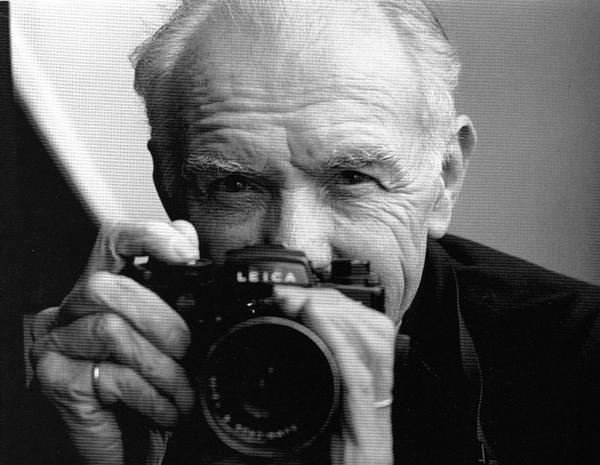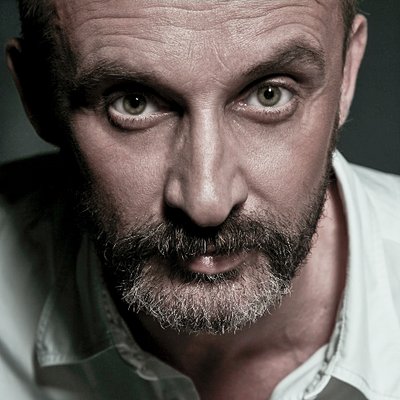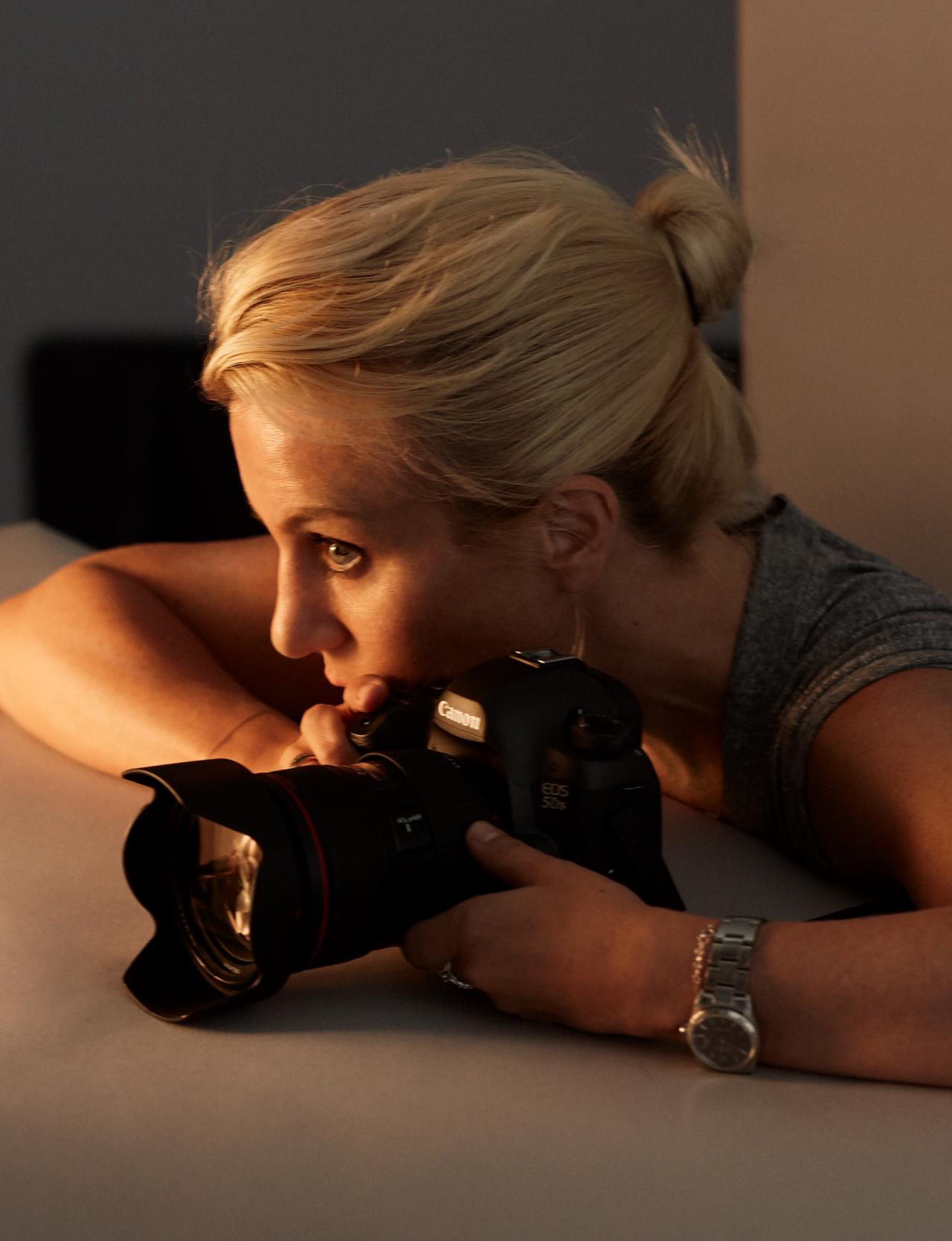Robert Doisneau [ʁobeʁ' dwano'] (Gentilly, near Paris, April 14, 1912-Paris, April 1, 1994) was a French photographer.</p >
He was trained as a lithographic engraver and typographer in Paris. In 1929 he began to take his first photographs learning self-taught and reading the instructions on the emulsion boxes to develop. He began working in a photographic studio that he would later buy when his owner died. In 1931 he began working with the artist André Vigneau thanks to his knowledge as an engraver. This introduced him to the world of photography as art. In an interview with El País Semanal in 1991, he recounted: «When I started, nobody knew anyone. There were no magazines spreading the work of the most interesting photographers. That's why the only person who influenced me was Vigneau. He was formidable: sculptor, painter, photographer». At this time he also discovered Man Ray.
He initially worked as an industrial and advertising photographer at the Renault de Billancourt factory, until he was fired for his repeated absences. In his words, "disobeying seemed to me a vital function and I did not deprive myself of doing it." From inanimate objects he moved on to photographs of people in Paris and Gentilly. On September 25, 1932, L'Excelsior published his first photograph. The crisis of the thirties affected him, and he had to spend a long time without commissions. He lived in Montrouge from 1937 until his death. On September 25, 1993, Doisneau took his last photo. On April 1, 1994, at the age of 81, he died.
He participated as a soldier in the French Resistance during World War II until he was demobilized in 1940. Those were painful times when he took commissioned photographs of scientists and did not stop photographing the occupation and liberation of Paris. After the war was over, he was hired by the ADEP agency and worked together with Henri Cartier-Bresson and Robert Capa, reflecting the joy and joviality of the city of Paris after the misfortune. From 1945 he collaborated with Le Point and joined the Rapho agency for life, photographing Pablo Picasso, among others. All his work, outside of those commissioned, continued to focus on public life and situating his characters in an everyday setting. "My picture is the world as I want it to be."
With Robert Giraud he opens up to the capital's nightlife: jazz, cafes and alternative art. He tours Montparnasse and Saint-Germain-des-Prés where he will meet Jean Paul Sartre, Albert Camus and Jean Cocteau among others. It's her way of escaping the artificial world of 'Vogue'.
In 1950, Doisneau was looking for material to fulfill a commission for the American magazine America's Life, interested in lovers in Paris. This is where the series Besos and his most significant work, El beso, will come from. The photograph mysteriously shows a couple kissing in front of the Paris City Hall.
Many thought it was a spontaneous photograph that the author had taken on the streets of Paris. However, years later it was learned that the couple was made up of drama students Françoise Bornet and Jacques Carteaud, from the Simon Courses. The artist who would make them anonymously famous discovered them in a Parisian café and they both agreed to pose in front of their lens, giving themselves a passionate kiss in the midst of the tumult of the city. The photo became an icon recognized throughout the planet. The work toured all over France and the United States with great success, and would open doors for him abroad. In 1951 he exhibited at the Museum of Modern Art in New York. It is a kiss that symbolized a multitude of things: love, Paris as a romantic city, and represented a time of exalted sentiment. It also became an object that brought juicy profits. Even today the famous kiss sells hundreds of thousands of copies annually.
In 1953 he left Vogue, suffering the eclipse of photography and post-war photographers in the 1960s.
It was not until 1979 that Claude Nori rescued Doisneau by publishing a retrospective of his work in Three Seconds of Eternity.
Rehabilitated for the art world, in the 1980s he toured Asia, with massive exhibitions in Beijing, Tokyo and Kyoto, as well as in Rome and at the Museum of Modern Art in Oxford.
In 1993 The kiss was put on trial. A couple claimed to have recognized themselves in the image and claimed their slice of the pie. At that time, women and men began to appear claiming to be the lovers of the work and raising demands for image rights. That lie that made believe it was an improvised snapshot could not be maintained. The photographer won the trial by presenting as evidence the complete series of photos taken in different parts of Paris with the same couple. He had met her in a cafe near the theater school and had asked them to pose for the photo. Françoise Bornet, the real protagonist of the photo with her boyfriend at the time, Jacques Carteraud, decided to discover her secret: she wanted a percentage of the profits. Once again Doisneau won in the stands. He was able to verify that he had paid for the work of Bornet and his partner. The couple sold the copy of their photo that Doisneau gave them to a Swiss collector who paid €155,000 for it in 1992. Later, the author himself would admit: «It is not an ugly photo, but it shows that it is the result of an scene, they kiss for my camera.”
More than a hundred books and several films have been dedicated to the photographer. More than 500,000 copies of the poster for The Kiss have been sold worldwide, and on April 14, 2012, the search site Google paid tribute to it with a meaningful doodle.
(Source Wikipedia)
See some of the photos from the teacher
The wonders of everyday life are exciting; no film director can organize the unexpected with what one finds on the street.








 English (United Kingdom)
English (United Kingdom)